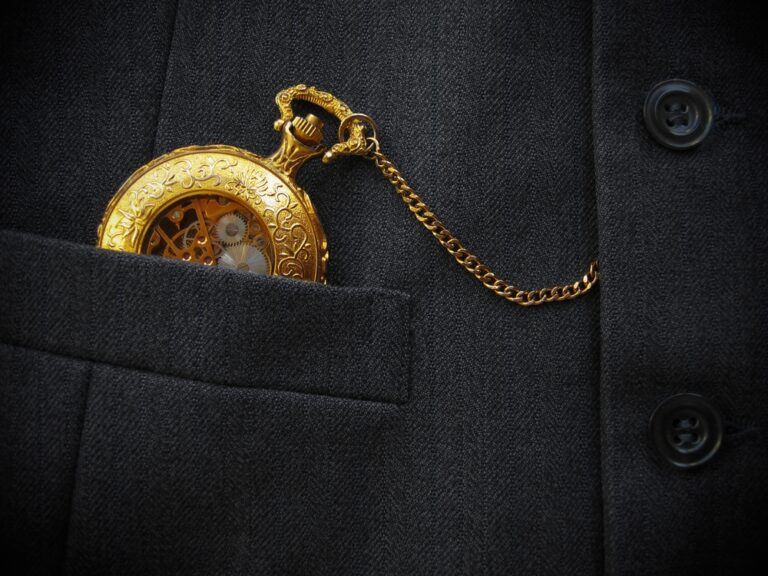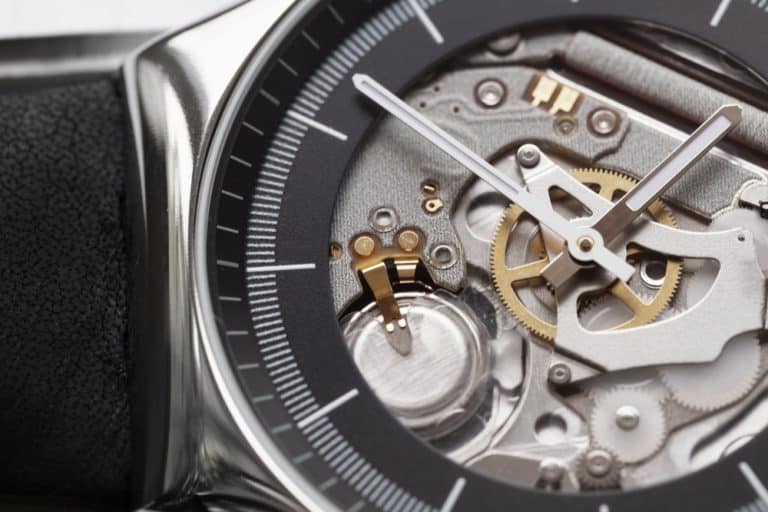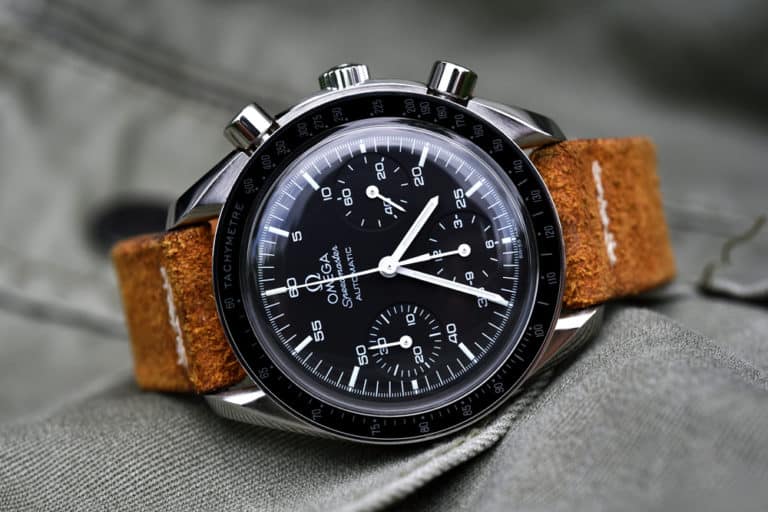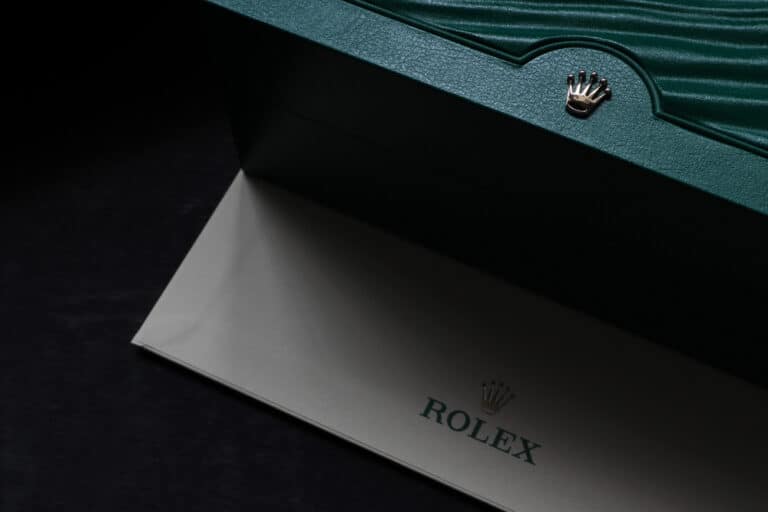Whether you have inherited a world time watch, been given one as a gift, or saved up to buy one of your own, congratulations! What you now hold in your hands is a true mechanical marvel, capable of adjusting for all the intricacies of time zones worldwide. But how do you read a world time watch?
To read a world time watch, find the time in the city you are in, and from there, use the inner ring or rotating bezel to read the difference between your location and the other city whose time you want, giving you the time there. Some require you to convert the time to 24-hour time to do so.
The basic principles of world time watches are simple but ingenious. However, not all operate precisely the same way. In addition to practicing with your particular watch, you will need to gain familiarity with the various time zones worldwide and account for the effect of daylight saving time (if applicable).
The Basics Of World Time Watches
While a Greenwich Mean Time (GMT) watch uses a fourth hand to track the 24-hour time scale, the usual hour, minute, and second hands tell you your home time. However, if you are traveling a lot and wish to know the time anywhere in the world, you will need the functionality of a world time watch.
While digital technology has recently duplicated its function, no digital tool comes close to a traditional world-time watch for elegance and style.
In a nutshell, world time watches feature the names of the world’s cities on an inner rotating ring and have a bezel ring to display numerals to keep track of the time. You set your current city to match local time and read your watch accordingly to see what the time is in other cities. While this is pretty simple, some complications are related to the mechanism, time zones, and daylight saving time.
How To Read World Time Watches With An Inner Rotating Ring
Many world time watches use an inner rotating ring to display the names of the world’s major cities and other notable places in different time zones. Rotate this ring to adjust the local time to your location (or the corresponding time zone).
To rotate the ring, you will either turn a secondary crown intended for this purpose (as opposed to the primary crown designed to adjust the time) or utilize a pusher mechanism that, when activated, advances the inner ring in 1-hour increments.
An outer bezel holds the numbers for keeping track of the time. A city name on the inner rotating ring in combination with the hour hand allows you to read the time for each city.
Many classic world-time watches, such as those by Patek Philippe, use this mechanism.
To read the time on these watches, follow these steps:
1. Read the current time.
2. Turn the crown or push the pusher for the inner rotating ring until the name of the city you are in aligns with the time to which the hour hand is pointing.
3. Find the city whose time you are looking for and read the corresponding hour marker. This hour is the time in that city.
4. To determine whether the time in that city is AM or PM, follow the city names on the inner rotating ring without advancing it (i. e. do not turn the crown or push the pusher). Time goes ahead if going clockwise from Midway to Auckland and behind if going counterclockwise from Auckland to Midway.
5. Only the hours will differ between time zones; the minutes will be the same. However, time zones in Iran, India, Sri Lanka, Nepal, and parts of Australia (Northern Territory and South Australia) differ by half an hour or forty-five minutes from surrounding time zones.
6. Remember to account for daylight saving time if this is in operation at the place whose time you are looking for.
Finding The Time In Paris While In Hong Kong
If you wish to know the time in Paris (UTC +1) while in Hong Kong (UTC +8), start with a watch set to Hong Kong time.
1. Read the current time (for example, 10 AM).
2. Turn the crown or push the pusher for the inner rotating ring until the name of Hong Kong aligns with 10 o’clock.
3. Find Paris on the inner ring and read the corresponding hour marker: the time there is 3 o’clock.
4. To determine whether the time in Paris is AM or PM, follow the city names on the inner rotating ring. If you go clockwise, you cannot go beyond Auckland. Therefore, go counterclockwise from Hong Kong to Paris, which means that time will go behind. As a result, the time in Paris is 3 AM.
5. The minutes will be the same in this example. There are 1-hour increments between time zones.
6. However, you may need to allow for daylight saving time. If it is summer in Paris, it will be 4 AM.
Finding The Time In New York While In Hong Kong
Let’s look at the time in New York (UTC -5) when you are in Hong Kong (UTC +8). As in the previous example, you will begin with a watch set to Hong Kong time.
1. Read the current time (for example, 10 AM).
2. Turn the crown or push the pusher for the inner rotating ring until the name of Hong Kong aligns with 10 o’clock.
3. Find New York on the inner ring and read the corresponding hour marker: the time there is 9 o’clock.
4. To determine whether the time in New York is AM or PM, follow the city names on the inner rotating ring. Following the ring clockwise, you cannot go beyond Auckland. Therefore, go counterclockwise from Hong Kong to New York, which means that time will go behind. As a result, the time in New York will be 9 PM on the previous day.
5. The minutes will remain the same in this example.
6. However, if it is summer in New York, you will need to allow for daylight saving time by adding an hour for a resultant time of 10 PM.
Arrow Marks For Daylight Saving Time
Some world time watches have an arrow marker next to the names of cities that utilize daylight saving time. Should it be in effect in a city you are looking up, the correct time will be that for the following time zone (the one toward which the arrow points).
How To Read World Time Watches With A Rotating Bezel
Some world-time watches feature a rotating bezel or dial ring around the rim of the watch that features the names or abbreviations of various major cities worldwide. However, city names may vary between models. You turn this bezel to find the time in different cities, with the dial’s circumference increasing to a 24-hour time scale.
Citizen typically uses this mechanism for their world time watches.
To find the time in a different location with one of these watches, follow these steps:
1. Read the present time at your location.
2. Convert the time to 24-hour format (for example, quarter past eight PM becomes 20:15)
3. Adjust the city’s name in your time zone above the rotating bezel to that time on the 24-hour scale.
4. Read off the 24-hour time for the other location (or another city in the same time zone) by looking at the position of the city name above the rotating bezel.
5. The time difference will be in hours only, while the minutes remain the same, with the exceptions above.
6. Remember to account for daylight saving time if this applies in the location you are looking up.
Here are 2 examples to illustrate this procedure in action.
Finding The Time In Rio De Janeiro While In Bangkok
If you wish to know the time in Rio de Janeiro (UTC -3) while in Bangkok (UTC +7), you will begin with a watch set to Bangkok time.
1. Read the present time in Bangkok (for example, 8 PM).
2. Convert the time to 24-hour format (8 PM becomes 20:00).
3. Adjust the name or abbreviation for Bangkok above the rotating bezel to 20:00.
4. Read off the 24-hour time for Rio de Janeiro by looking at the position of its name above the rotating bezel (10:00 in 24-hour time, or 10 AM).
5. If there are any minutes, they will remain the same in this example, as Bangkok is precisely 10 hours ahead of Rio de Janeiro.
6. Daylight saving time does not apply.
Finding The Time In New York While In Delhi
Now that you have got the hang of the mechanism, let’s try something a bit more complicated. Say you are in Delhi (UTC +5:30) and wish to find the time in New York (-5 UTC in winter, -4 UTC in summer owing to daylight saving time).
1. Read the present time at your location.
2. Convert the time to 24-hour format (for example, four AM becomes 04:00)
3. Adjust the name of the nearest city before Delhi that is marked above the rotating bezel to that time on the 24-hour scale. For example, if the nearest marked city is Karachi, move the time to 04:00 in Karachi.
4. Read off the 24-hour time for New York by looking at the position of its name above the rotating bezel.
5. You will read off a time of 18:00.
6. Because the time in Delhi is 30 minutes ahead of Karachi, you must subtract 30 minutes from this result for a time of 17:30 (half past five o’clock PM).
6. If it is winter in New York, this will be the correct time. If it is summer, you will have to add an hour to the resultant time to get 18:30 (half past six o’clock PM). If the Sunshine Protection Act is signed into law, the US will soon have permanent daylight saving time.
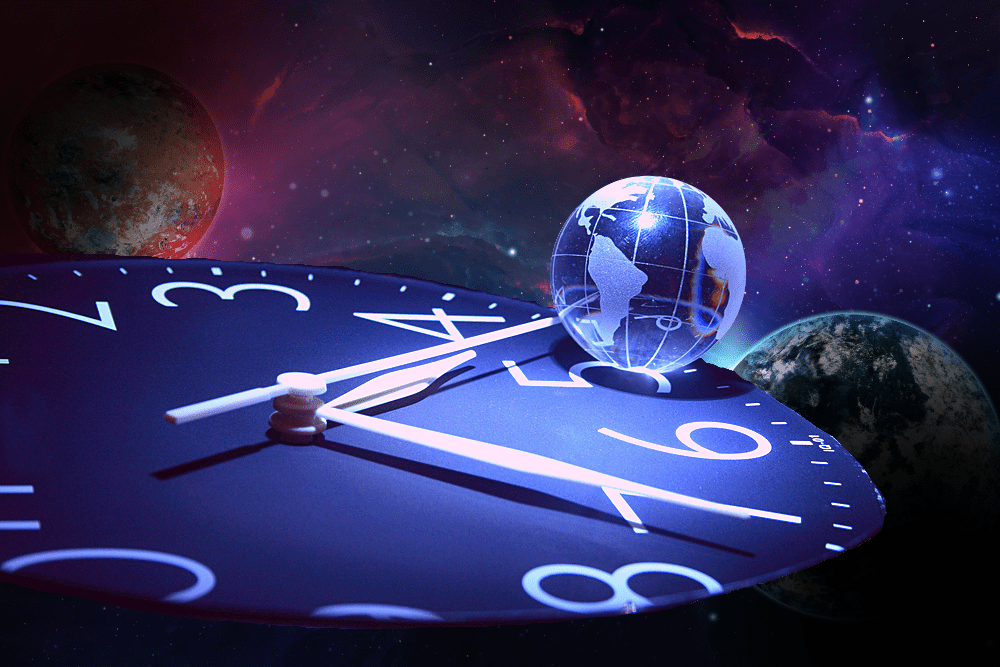
Time Difference Table
Due to space limitations on a watch bezel or ring, only one major city can be displayed for a specific time zone. If the particular city (or cities) you wish to look up does not appear on your watch, you must learn which significant cities it shows correspond to your desired cities. To aid you in this, we have put together a table of the world’s major cities in different time zones.
This table gives the time difference between various major cities (and other notable places in timekeeping) and the reference point of UTC (Coordinated Universal Time, which corresponds with Greenwich Mean Time).
All places marked with DST use daylight saving time at particular times of the year. However, the specific use of daylight saving time and the resultant time difference are subject to change according to local governmental regulations.
Take note that Iran, India, South Australia, and the Northern Territory fall into time zones with a half-hour difference from the surrounding time zones. You will have to consider this half-hour when calculating the time in these countries. Similarly, Nepal falls into a time zone with a 45-minute offset.
You should also be aware that vintage world-time watches may be misleading. They will display outdated names for specific cities (for example, Bombay instead of Mumbai) and use differences in time zones that have since been adjusted (for example, Adelaide and Sydney, Australia, now differ by just half an hour).
| Major Cities In Specific Time Zones | Time Difference With UTC (GMT) |
| Midway Islands, Samoa | -11 hours |
| Honolulu | -10 hours |
| Anchorage (DST) | -9 hours |
| Los Angeles (DST), San Francisco (DST), Vancouver (DST) | -8 hours |
| Denver (DST), Edmonton (DST) | -7 hours |
| Chicago (DST), Mexico City (DST), Oklahoma City (DST) | -6 hours |
| New York (DST), Washington (DST), Montreal (DST), Bogotá | -5 hours |
| Santiago (DST), Miami (DST), Caracas | -4 hours |
| Rio de Janeiro, Buenos Aires | -3 hours |
| South Georgia | -2 hours |
| Azores (DST) | -1 hour |
| London (DST), Reykjavik, Casablanca, Accra | 0 hour |
| Paris (DST), Berlin (DST), Rome (DST), Amsterdam (DST) | +1 hour |
| Cairo (DST), Athens (DST), Istanbul (DST), Pretoria | +2 hours |
| Moscow, Jeddah, Jerusalem, Mecca, Nairobi, Addis Ababa | +3 hours |
| Dubai, Mauritius | +4 hours |
| Tehran | +4.5 hours (UTC + 4:30 |
| Karachi, Tashkent (DST) | +5 hours |
| Mumbai, Delhi, Kolkata | +5.5 hours (UTC + 5:30 |
| Kathmandu | +5.75 hours (UTC + 5:45) |
| Dhaka | +6 hours |
| Bangkok, Jakarta, Saigon (Ho Chi Minh City) | +7 hours |
| Beijing, Hong Kong, Manila, Taipei, Singapore, Perth | +8 hours |
| Tokyo, Pyongyang, Seoul | +9 hours |
| Darwin, Adelaide (DST) | +9.5 hours (UTC + 9:30) |
| Sydney (DST), Guam, Khabarovsk (DST) | +10 hours |
| Noumea, Solomon Islands | +11 hours |
| Wellington (DST), Auckland (DST), Fiji Islands | +12 hours |
Conclusion
World time watches are an elegant solution to the problem of keeping track of time in multiple locations. Should your business require you to do so, one of these timepieces may be precisely what you need. And now you know how to read the time using one and keep track of different time zones.
References
- https://www.seikowatches.com/us-en/-/media/Files/Common/Seiko/instructions/English/Other/WORLD_TIME/WORLD_TIME.pdf
- https://en.wikipedia.org/wiki/Time_zone
- https://www.sciencealert.com/daylight-saving-time-may-soon-become-permanent-in-the-us-here-s-what-could-happen
- https://spy.com/articles/gear/style/best-world-time-watches-1202834474/
- https://www.gearpatrol.com/watches/a264833/world-time-watches/

